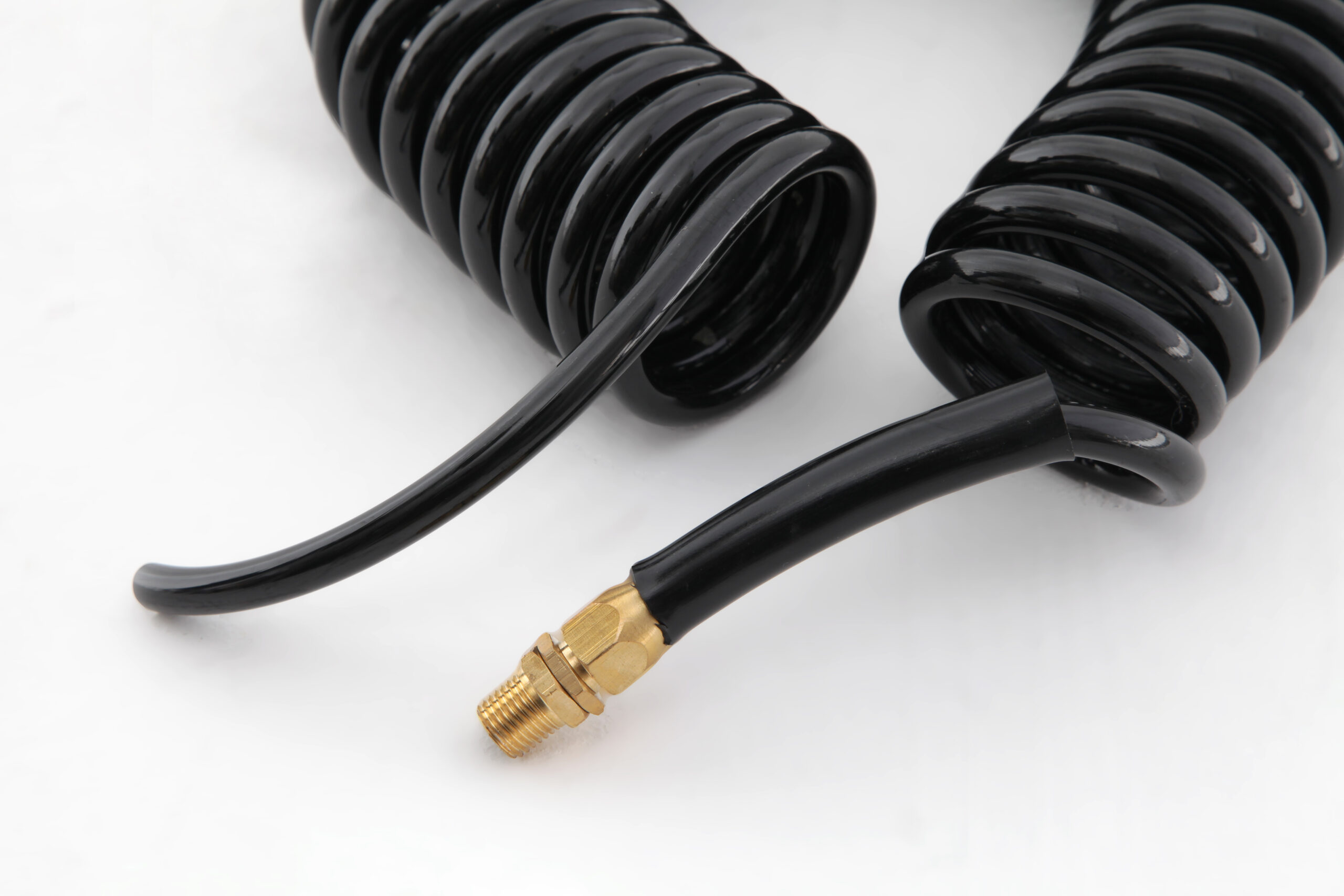Skiving refers to the process of eliminating the external cover at the hydraulic hose end where the crimp fitting is located. For some high-pressure usages, the interior diameter of the hose’s inner tube may be skived to enable a better fit for the hosetail. This is typically done using a dedicated machine equipped with externally rotating mandrels, which cut and subsequently peel the outer shell. The duration of the skiving process can range from thirty to forty-five seconds, depending on the machine.
The assembly technician must consult the manufacturer’s catalogue to mark the skive length accurately, which should correspond to the mark length utilized to deduct the coupling length from the total length. Here, the coupling length is defined as the distance between the tip of the cut hose and the outermost tip of the hose end after the hose is installed. The total length of a hose assembly can be calculated by adding the hose cut length and the combined length of the two couplings.
Following the skiving process, which involves the removal of the inner or outer rubber layers, the hose end is left with almost exposed steel braids or windings. A single skive exposes only the outer layer, whereas combining it with a tube skive is often called a double skive. The choice between single or double skiving is typically based on the rated pressure, with double skiving more commonly used in extremely high-pressure scenarios.
After the hose end has been skived, it can be fitted and crimped to the hose. It’s important to note that skived hose assemblies necessitate crimp ends that are specific to the application and are not compatible with non-skive fittings. A skived hose assembly fastens into the reinforcement wires, and therefore, it is dimensioned differently to prevent breaching the cover.
Skived hose assemblies are typically employed in situations where absolute reliability under high-pressure conditions is paramount. Since the crimp directly interfaces with the wire braiding or spiral, the exerted force is distributed across a more robust surface. This means that a skived hose assembly has a reduced risk of failure, and when executed correctly, these hoses are rarely prone to failure. Numerous machinery manufacturers vouch for the reliability and safety of skived hose assemblies, making them a requirement for all applications.





